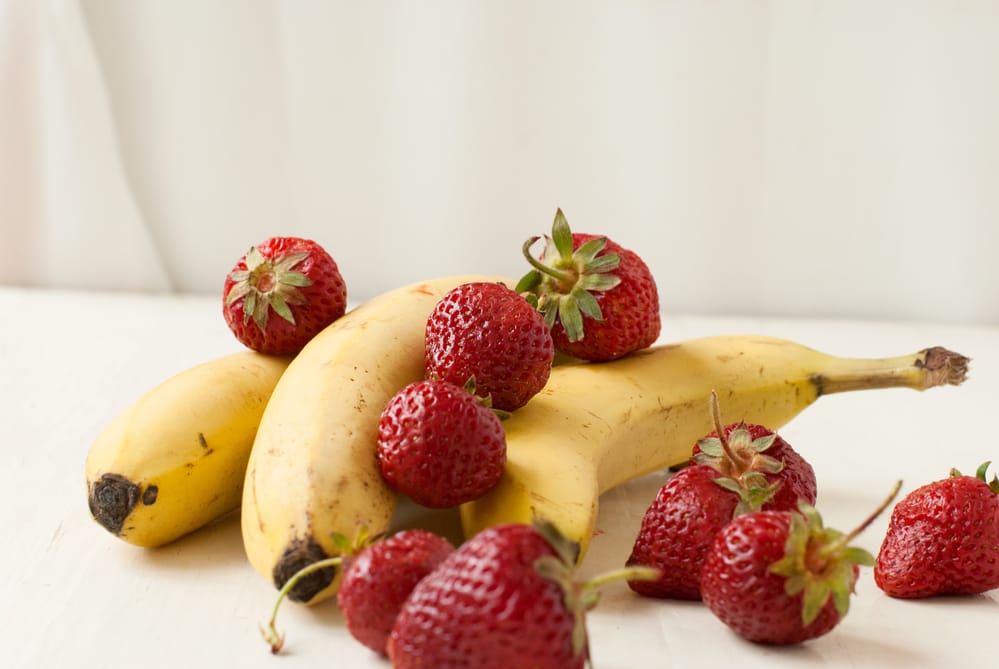Senior health and wellbeing rely largely on the quality of nutrition an older adult receives. Many contributing factors pose a challenge to healthy nutrition, however, including access to healthy food and ability to eat and drink without assistance. For many seniors, medical trauma and other chronic health conditions lead to what is known as dysphagia, or difficulty and discomfort swallowing.
Progressive neurological conditions like multiple sclerosis, Parkinson’s, and dementia can weaken mouth and throat muscles over time which causes dysphagia as can a stroke. In fact, research shows that upwards of 6 million seniors in the U.S. could be at risk for developing dysphagia. Not only does difficulty swallowing affect nutrition but it also increases the risk for pneumonia, one of the most fatal infections seniors can develop.
If you are a senior with dysphagia or help care for one, don’t miss these quick tips for managing dysphagia at home:
Get a Diagnosis

Do you know what aspirating sounds like? If you or your loved one frequently experiences food or drink “going down the wrong tube,” this could be an indicator of aspiration. Choking, hacking, and coughing when eating or drinking can result from weak throat muscles or mixed brain messages that send food and drink down the respiratory tract instead of to the stomach.
Your doctor can put you in touch with specialists who can more comprehensively evaluate your swallowing and aspiration risk. If you are diagnosed with dysphagia, you may qualify for insurance-covered home health visits from a speech pathologist who can provide guidance to you and your caregivers about what to eat, what to avoid, best practices for eating and drinking with dysphagia, and more.
Find the Right Equipment

Depending on your diagnosis, your medical team may recommend three different consistencies of food that you are allowed to eat – pudding (spoon) thick, honey thick, and nectar thick. Blending up nutritious foods into smooth, swallowable consistencies without lumps, seeds, or other choking hazards is the easiest with a high-powered blender like a Blendtec or Vitamix.
You may also want to look into other helpful tools and adaptive equipment for eating like overbed tables, tremor-counteracting utensils, spill-proof bowls and cups, and ergonomic handles for forks, spoons, and knives that make them easier to grip. Oftentimes it’s not just dysphagia that affects a senior’s ability to feed themselves but joint pain, hand tremors, and weakened grip strength.
Practice Good Posture

While the consistency of your food plays a major role in managing dysphagia, so does your physical posture. Slumped, slouched, and hunched eating where you are either leaning too far forward or too far backward can majorly affect the path food and drink take from your mouth down your throat.
Experts recommend sitting up as straight as possible when eating and drinking to elongate the neck and give the throat and esophagus the widest breadth for transporting what you consume. If you eat in bed or in a recliner, sitting up straight may involve mechanically raising the bed or propping yourself up on enough pillows for support.
Prioritize Nutrition

Oftentimes managing dysphagia seems simplest if you just thicken protein shakes or nutritional beverages like Ensure or Boost. There are creative ways to incorporate more whole foods like fresh fruits, vegetables, nuts, healthy fats, and proteins into a dysphagia diet though. For example, artificial thickeners that come in powder and gel form help to thicken liquids so they are safe to drink, but many foods can be blended to thicken meals (like smoothies, soups, and stews) too, including:
- Avocados
- Greek yogurt
- Legumes (black beans, cannellini beans)
- Tofu
- Cashews (soaked for at least 4 hours)
- Fruits like bananas, mangoes, and strawberries
- Potatoes (stir in pre-mashed to avoid over-blending)
- Winter squash (butternut, acorn, etc)
You can add vital nutrients to meals as well with easy-to-blend steamed vegetables (like broccoli, cauliflower, bell peppers, and kale) as well as nut butters, soft cheeses, coconut cream, and so forth. The ideas are endless when you get creative. It’s just important to avoid blending starchy foods like pastas and some potatoes as they can quickly become gummy and difficult to swallow.
Know What to Avoid

There are a handful of key things to avoid when you are managing a dysphagia diet. These include foods that seem solid but turn to a dangerously thin liquid in the mouth including jello and ice cream. However, ice cream can be blended with other ingredients (like banana and peanut butter) to create a thicker “milkshake” product that is consumable.
Many speech pathologists also warn against using straws when you have dysphagia as they can increase the speed and trajectory of food going down your throat and cause aspiration.
Senior Outlook Today is your go-to source for information, inspiration, and connection as you navigate the later years of life. Our team of experts and writers is dedicated to providing relevant and engaging content for seniors, covering topics such as health and wellness, finances, technology and travel.






